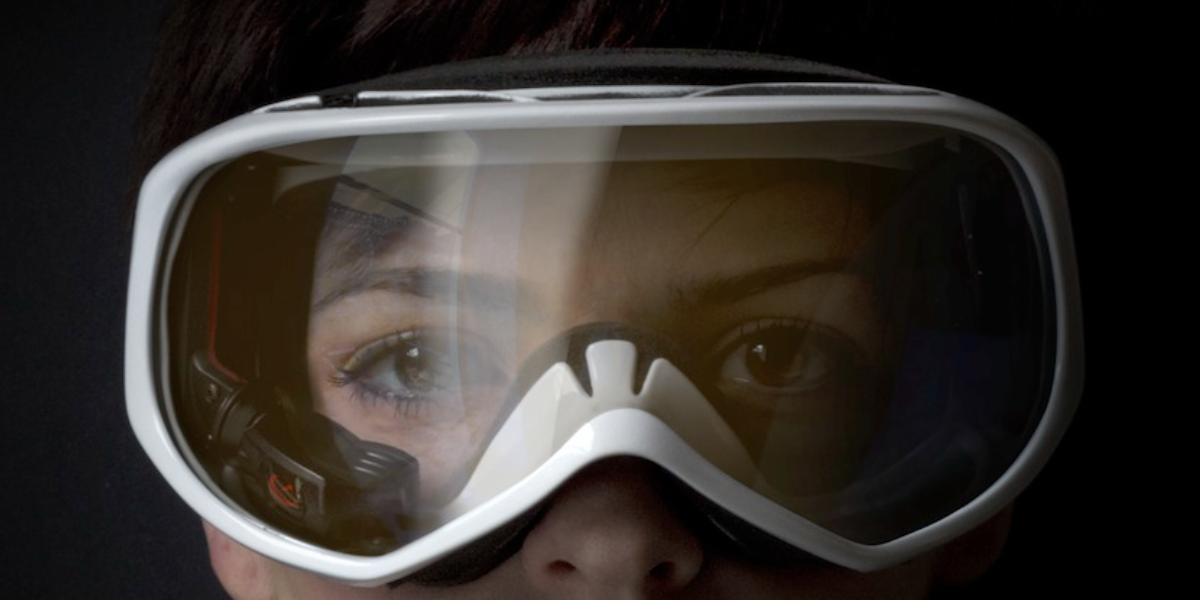Tom Fowler can’t help himself. He may not have Arnold Schwarzenegger’s physique, but when you put on a robotic-like pair of shades on your face it’s nearly impossible not to look at the camera and offer your most Terminator-like “I’ll be back.”
The CMO of Vancouver-based Recon Instruments (now owned by Intel) was recently featured in a series of video clips produced as part of the ongoing We Are Wearables events that take place in Toronto, Ottawa and Chicago. While Toronto continued to be without snowfall even up until Christmas Eve, Fowler was trying to help explain why his firm’s heads’-up display (HUD) will be useful once people start hitting the slopes in early 2016.
“You’re in a compromised environment: it’s cold, it’s windy, you have a lot of equipment to manage,” he says. “Yet you absolutely have a need for specific information that can make your day safer.”
Normally, finding your way around a ski resort would involve periodic stops to pull out (and try to cling to) a flimsy paper map, or at the very least pulling out your smartphone and taking off your gloves in order to sort through a mapping app. The Recon Snow2 solves this by integrating map data directly into the display, so you can essentially keep skiing or snowboarding while staying on course.
The Snow2 is a good example of the marketing challenge facing those offering wearable devices, particularly those with a more niche use case. CMOs like Fowler need to spend at least part of the time making the “business case” to myriad audiences (Recon is aiming the device at both consumers and professional athletes) while also providing more in-depth explanation of the technology, as Fowler does in the clip below.
It may be too early to say whether we’ll see advertising delivered specifically via devices like a Snow2, though that’s still something many marketers are struggling to figure out. In the meantime, there are other opportunities that could be even more intriguing.
“Perhaps one of the most valuable advantages of wearable technology is a brand’s ability to collect real-time data insights in order to fully understand their consumers on a more intimate level,” StarTek senior-vice-president of global marketing John Hoholik recently wrote on CMO.com. “It is this type of personal connection that helps marketers develop and share content that is tailored to unique customer engagement. Brands must understand consumer behaviour patterns to interact with their fans in a private, yet meaningful way.”
Skiers and snowboarders using the Snow2, for example, could end up providing a lot of information about how they behave on the slopes, when they want to take breaks for food or rest, how often their other equipment needs to be replaced and so on. That may be how marketing leaders need to evaluate the wearable sector — the degree to which the devices help them navigate not only a ski resort, but previously-unknown stops on their customers’ journeys.











